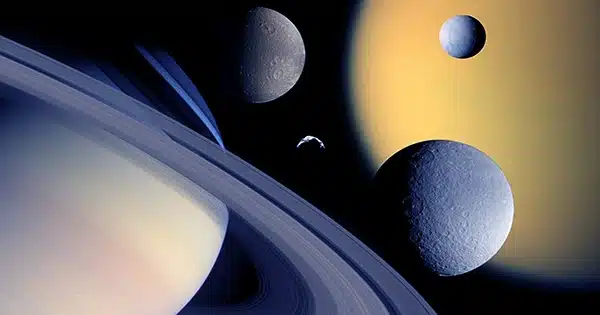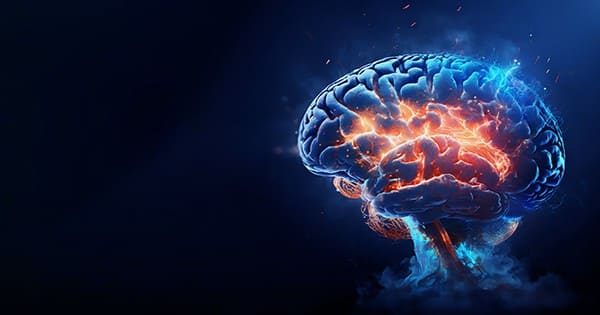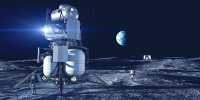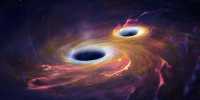For as long as humanity has thought, the nature of consciousness, how it emerges, and how it interacts with the physical world have been fundamental philosophical and scientific topics of controversy. Are the mind and body separate? Some believe yes, others believe no, but a third camp holds an intermediate and even more radical view: everything in the universe, even the Sun, has consciousness.
This view of the universe is known as panpsychism. Physicalism is the belief that awareness comes from the physical world, yet it is unclear what causes creatures to be conscious. The dualist worldview, on the other hand, addresses the concept of thought and matter as two distinct entities. Panpsychism aims to serve as a bridge between the two. Consciousness arises in us because it is inherent in everything.

Similar concepts can be found in faiths and philosophies throughout the world and history. The concept has recently resurfaced in analytical philosophy, and there is a particularly unconventional paper discussing the potential consciousness of the Sun written by biologist Rupert Sheldrake, known for his work in morphic resonance – the belief that similar organisms share telepathic interconnections and collective memories.
In a study published in the Journal of Consciousness Studies in 2021, Sheldrake argues for the consciousness of the Sun and all other stars. The biologist states that “consciousness, awareness, or experience may be present in self-organizing systems at many levels of complexity.” According to Sheldrake, this shifts our focus away from the physicalism worry of how the mind arose from a small system and toward awareness of stars, solar systems, galaxies, and the universe at large.
“Consciousness does not need to be confined to brains,” Sheldrake told Popular Mechanics. “The relationship between minds and physical systems appears to be rhythmic electromagnetic waves, which are naturally present in our brains. They are also found in and around the sun, and they may serve as an interface between the solar mind and the sun’s body.”
There are various philosophical and scientific objections against panpsychism, but in the study, we were mainly interested in the implications of a conscious Sun and the 100 billion other aware stars that comprise the Milky Way. One hypothesized outcome is that the stars can move by producing directing jets that guide them to their desired location.
According to Sheldrake’s research, stars do not move due to the gravitational impact of dark matter but rather steer themselves into their proper position. As always, extraordinary claims necessitate extraordinary evidence. Stellar jets can be discovered in a variety of objects, but they are never used to accelerate stars.
The European Space Agency’s Gaia observatory has also provided an astonishing map of the Milky Way. And it not only describes the positions of about two billion stars, but also their movements. This information enables us to reverse the clock on the Milky Way and observe how stars traveled over billions of years.
If there were star motions that were not bound by gravity laws in a universe where dark matter is thought to exist, scientists would undoubtedly be vocal about it. The motion of stars as if there were more stuff than we could perceive is how dark matter was first hypothesized.
Much of the paper’s argument is based on the Sun’s magnetic field and its complexity. However, if we want to discuss something more sophisticated, we should look at Uranus’ magnetic field. Unlike the solar dynamo or the Earth’s magnetosphere, Uranus’ magnetic field is off-center and may open and close everyday, tumbling around. Uranus is significantly more complicated than the Sun, but the question “Is Uranus Conscious?” may not have the same ring to it.















